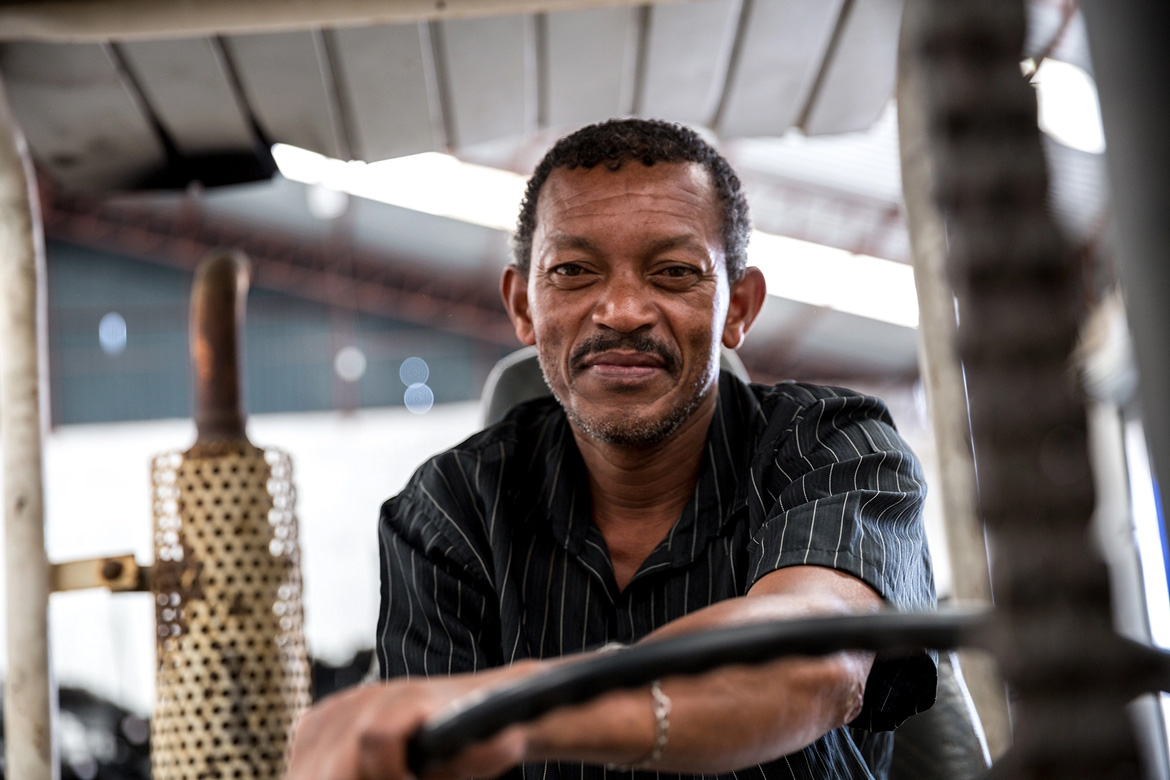Faces of COVID-19: Why Color, Income, and Health Care Disparities Matter

Sometimes, it’s hard to get attention for simmering problems — until they boil over. Recent news about how severely the coronavirus pandemic is impacting people of color in America is the latest example.
A report published by the Centers for Disease Control and Prevention (CDC) on April 8 shared data that has since been the talk of the country. Authors included race and ethnicity data from 580 patients hospitalized with lab-confirmed COVID-19. Of these individuals, 33% of hospitalized patients were black compared to 18% in the community and 8% were Hispanic, compared to 14% in the community.
New York City data also dramatically validated the finding. Death rates among Black/African American persons and Hispanic/Latino persons were substantially higher than that of whites or Asians. Hospital details from other major cities echoed the same.
Is there a genetic element to the disparity? Perhaps. But CDC authors and other medical and public health professionals already know the main causes.
Differences in living conditions, workplaces and income, underlying health conditions and access to care matter. They have always mattered. COVID-19? It is likely just the latest catastrophe that brought them to the public spotlight.
Seeing the impact firsthand.
Olveen Carrasquillo, M.D. is a national expert in minority health, community based participatory research, access to care and community health worker interventions. As a professor of Medicine and Public Health Sciences and Chief of the Division of General Internal Medicine at the University of Miami Health System, he has vividly witnessed the effects of COVID-19 on at-risk populations.
“What we are also seeing is that the safety net institutions that serve these vulnerable populations are getting disproportionally slammed. In Miami-Dade County, about a quarter of all COVID-19 admissions are at our county’s public hospital system, Jackson Health System,” he says. “As with most natural disasters and epidemics, the most vulnerable take the worst hit. This includes the medically vulnerable and the socially vulnerable—low-income, minority, and older populations.”
Dr. Carasquillo says that African-Americans and people of color are more likely to already have preexisting health conditions in a non-coronavirus world. Conditions like obesity, diabetes, asthma, and heart disease then make such populations even more at-risk when a new threat comes along.
“COVID-19 has added two additional factors on top of these,” he says. “One is that low-income populations are more likely to be in jobs that cannot be performed remotely. This adds to the threat of viral exposures. Secondly, the poor are less likely to have health insurance or access to high-quality health care. Thus, many wait too long to be tested or to seek care.”
Roderick King, M.D. is another UHealth professional with a keen understanding of health disparities in America. He serves as the senior associate dean of Diversity, Inclusion and Community Engagement, and as the director of the Miller School of Medicine’s M.D./M.P.H. Program in Public Health Sciences.
“What COVID has done is amplify all the issues for underserved populations and accelerated poor outcomes,” says Dr. King. “We have always known about the issue of diabetes and hypertension within poor communities and among people of color, for instance. Long-term negative effects of such diseases, however, could take decades to occur. We are now seeing some chronic health conditions escalate to a negative impact within weeks of a coronavirus infection.”
When will things change?
The subject of proactively, as opposed to reactively, addressing challenges of health equity is one that has fallen off political radar screens in recent years, according to Dr. Carasquillo. When such issues are compounded by a ruthless, viral epidemic, can public discussion be catapulted to the forefront? He hopes so. Yet, it’s a guarded, realistic hope.
“Priorities have changed in our nation,” he says. “There has been a rise in racial incidents, and of anti-immigrant sentiment. We’ve seen a trend in a more ‘us versus them’ mentality. Many safety net programs have been gutted. Ultimately, we as a nation need to make a decision: Do we want to maintain an unequal healthcare system or not?” he says.
Dr. King adds that overall investment in public health programs and infrastructure has been dwindling for years. When the total funding drops, funding for pivotal high-need programs suffers even more.
What COVID has done is amplify all the issues for underserved populations and accelerated poor outcomes.
– Dr. Roderick King
The academic national conversation about healthcare inequalities began less than two decades ago, after all.
“Systematically addressing health disparities was not even talked about much before the 2003 publication of ‘Unequal Treatment: Confronting Racial and Ethnic Disparities in Health Care’ by the Institute of Medicine,” says Dr. King. “We’re still trying to get heard.”
In Miami-Dade County, the Miller School of Medicine offers a potential glimmer of light.
Tomorrow’s doctors are taught not just about medicine, but about social determinants of health. They’re taught about public health policy, and how future changes might help improve care for the most vulnerable. And they’re placed in the field, within the locations of Jackson Health, to see and feel the very human side of why health policy matters.
“We’re proud of the fact that we are a leader in exposing our students to these very real issues,” says Dr. King. “The amount of class time we can devote to it is limited within an already crowded medical school curriculum. They won’t graduate as experts in public health. But at least we’ll get them thinking about it, and the differences that they can potentially make.”
John Senall is a contributing writer for UMiami Health News. He is a former hospital and comprehensive cancer center communications director.
